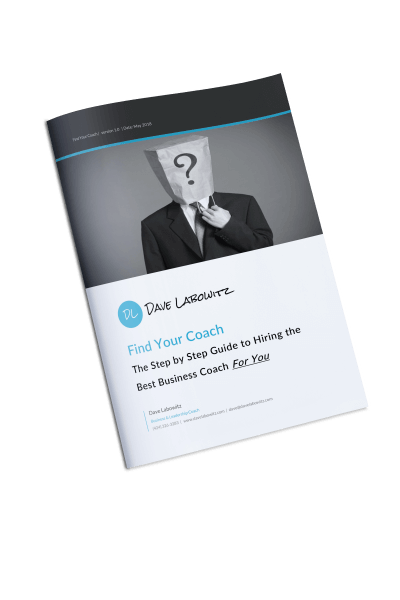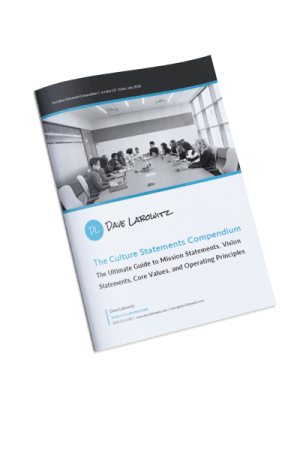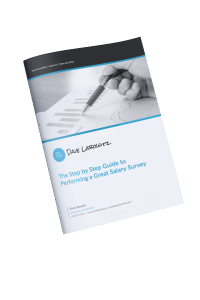Build scalability into your business is the seventh part of a twelve-part series. It’s a deep look behind the scenes of the “business playbook” that makes VC-backed companies successful and how to apply these lessons to your business.
- If you’re looking for the introduction to the series and first article, please click here.
- If you’re looking for other articles in the series, links are at the bottom of this article. Enjoy!
7. Build scalability into your business
Companies seeking venture capital or other equity-based financing know that if they haven’t demonstrated their business is scalable, or at least mapped out a plan to get to scalability, they won’t get financing. Equity investors are only interested in companies that have a realistic chance of 20x+ returns. Since that’s the case, scalability is mandatory for any VC-backed startup.
Why should you design your business for scalability?
Even if you’re not looking for equity financing, the sooner you start building scalability into your business model the better off you will be. Why? Simply, if your business isn’t scalable, it can’t grow, at least, not in a healthy way. Non-scalable businesses fail when they grow too big. If revenue grows faster than your ability to provide high quality service or products it will hurt your business.
How can more revenue actually hurt your business?
The combination of increasing revenue and lacking scalability can lead to an ugly waterfall effect which can devastate your company. First, your team will become overloaded and overwhelmed. As they start to struggle to keep up with an unsustainable workload the quality of your service or products will begin to decline. When your quality declines, you will lose both old and new customers. This will hurt your reputation and brand in your industry as angry customers start posting public reviews. When this happens it will become more difficult and costly to bring in new customers, resulting in a decrease in profit margins.
Concurrently, you’ll have to deal with employee retention problems as frustrated employees find other, less stressful jobs. If they post negative reviews on www.glassdoor.com or other sites then you’ll also struggle to recruit replacements. High employee turnover will lead to less-experienced employees delivering your service or product, yielding further declines in quality. Add in the cost of constant recruiting and orientation and your margins will go down even more.
That doesn’t sound fun, does it? This is why it’s critical to build scalable businesses.
What exactly is scalability?
A scalable business is one that can maintain or increase the quality of its services or products as it gains customers and revenue.
Scalability has a few components. First, your product or service needs to be scalable. This means that you can build a system around providing what you sell as demand and volume go up. Your margins will increase or at least remain stable, and your processes, software, and team will be able to bear up under the heavier demands of the larger revenue. If you’re a product business you’ll need to make sure your supply chain, QA, order fulfillment, and customer services are able to handle the higher demand. If you’re a services business, you’ll want to make sure you have a reliable recruiting and training system in place. You’ll need to rely on this system to build your team when your workload increases rapidly.
It’s not just your services team that will need the capacity and skills to keep up with the growth in your business. Since your entire team will inevitably be expanding, you’ll need to have some process around HR. Recruiting, interviewing, hiring, onboarding, training, and feedback loops are difficult to throw together in a rush so plan ahead. It’s easy to see why these things are important if you’re hiring a team of 20 associates. But don’t fall into the trap of taking this lightly for positions where you’ll only have one person in the role.
How single points of failure impact scalability
Another key aspect of scalability is to avoid single points of failure. If one person, even the CEO, suddenly quits Microsoft out of nowhere, the company will keep running. But in the average small business, almost every employee is critical. If one of them suddenly leaves it could cripple your business! That’s a lot of risk and is the opposite of scalability.
Employee single points of failure
The most simple step to help mitigate the risk of losing an employee is to implement best practices around data management. Ensure that your team members store files on shared servers or the proper cloud services, not on their laptops, and that you have admin access or passwords for all their user accounts and email. That way, if someone quits or needs to be terminated suddenly you can at least pick up where they left off. For the record, despite the simplicity involved, VC-backed startups aren’t always good at this either.
If you want to take redundancy even more seriously, seek to cross-train your team as much as possible so that most skills are known by more than one team member. Similarly, make sure that more than one person in your company has a relationship with each one of your clients. If a client’s primary point of contact leaves your company, you’ll be in a good position for the secondary contact to maintain the relationship.
Vendor single points of failure
If you’re a product business, it’s also easy to overlook a single point of failure in your supply chain. As the COVID-19 pandemic has shown us, manufacturers can be just as vulnerable to sudden shutdowns as other businesses. It’s easy to settle on one manufacturer who does a great job, especially if they have plenty of capacity to keep up with your future growth. But what if they’re suddenly offline? You’re stuck with no product. This is an existential threat to your business!
It’s wise to build some redundancy into your supply chain and frankly, with other key vendors. I know it’s challenging to go through the qualification process with extra vendors and they may expect some business from you afterwards. It’s worth doing, anyway, even if you have to give them a little bit of business as a secondary vendor. That way if your primary vendor lets you down you have a backup plan in place.
Operational scalability
Finally, keep scalability in mind when making operational decisions. This is particularly relevant in information technology, but can apply to most operational systems. Think about the growth ramp you’re expecting and ask yourself if the solution you’re installing will be able to keep up in a year. If you can afford it, make decisions based on what your business will look like then as opposed to what it looks like today. This can impact the technology solutions you choose, the engineering strategy you adopt, the operational and financial software you install, etc. Don’t bother planning much further than a year ahead, though, because projections that far out are generally wildly incorrect.
In summary
The sooner you start blending scalability into your strategy and decision-making the better off you’ll be. Otherwise, you’ll find that when your revenue starts to grow you’ll be in a mad-dash scramble to re-construct the guts of your business to maintain the quality of your offering and protect your relationships with customers. At best, this will consume your focus right when momentum is swinging your way. At worst, your company could buckle under the strain entirely.
If you’ve planned for scalability, your systems will be set up to handle the surge and you’ll be able to double down on your sales and marketing efforts to capitalize on momentum when it happens.
This series will continue soon with Part 8.
Other articles in the VC-backed startup series are:
- Part 1: VC-backed startups have external accountability (so get some for yourself or at least act like you have some)
- Part 2: Venture backed startups focus obsessively on their numbers. You should, too.
- Part 3: Put at least 75% of your focus on sales
- Part 4: Make culture a priority
- Part 5: Fund your business adequately
- Part 6: Invest in your team (and yourself)






